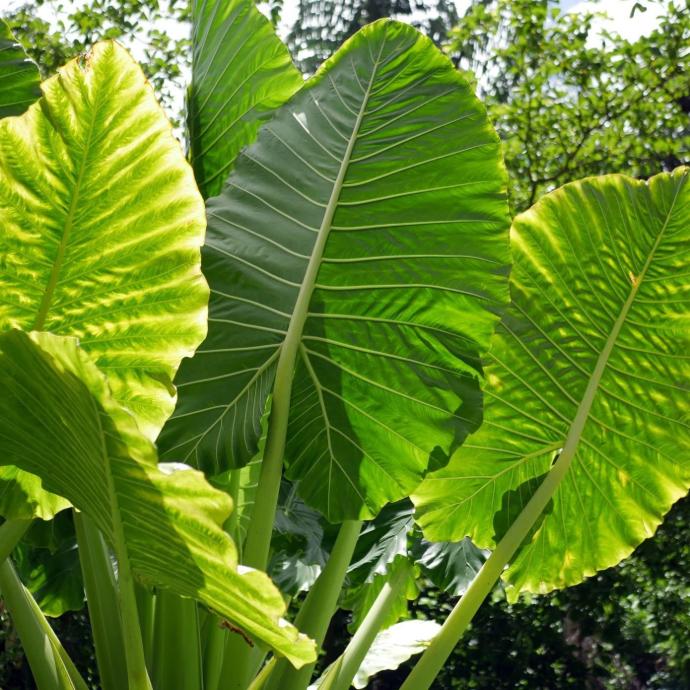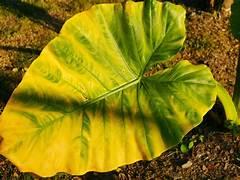Alocasia Green Plant
| Alocasia Green is a medium-growing plant requiring high moisture, thrives in well-drained soil and partial shade, and is used medicinally but not edible. |

Habit
Herbacious
Height
Medium
Growth
Medium
Soil
Well-drained
Shade
Partial
Moisture
High
Edible
No
Medicinal
Yes
Origin
Southeast Asia
Climatic Condition
Tropical, humid
Temperature (°)
20-30
Humidity (%)
60-80%
Potting media
Peat+Perlite
Fertilizers
Balanced NPK(10:10:10)
Watering
Regular, Keep Moist
Plant Weight
300-500 g
Flowering Time
Rarely Flowers
Soil Ph level
5.5-6.5
Water Ph level
6.0-7.0
Soil EC
1-2 dS/m
Yield Per Plant
Ornamental
NPK ratio
10:10:10
life Span
1-2 yrs
Health Benefits
Suggested Grow Media or Potting Mix ?
| 40% peat moss, 30% perlite, 30% compost |
Suggested Fertigation/Fertilizers
Apply monthly with liquid organic fertilizer
Common Diseases and Remedies
Leaf Spot, Root Rot, Anthracnose, Aphids, Spider Mites.
Yellowing leaves, browning patches, wilting, sticky residue.
Copper-based fungicides, systemic insecticides.
HEALTH BENEFITS
The Alocasia Green (often called Alocasia or Elephant Ear) is primarily valued for its aesthetic beauty, but it also offers some benefits, both environmental and health-related, such as:
- Air Purification: Like many houseplants, Alocasia can help purify the air by removing toxins and increasing oxygen levels, improving indoor air quality.
- Humidity Regulation: Its large, broad leaves can help increase the humidity in indoor spaces, which may be beneficial for respiratory health, especially in dry climates or during winter months.
- Mood Improvement: Being around plants like Alocasia has been linked to improved mental well-being and reduced stress. Their lush, vibrant appearance can contribute to a calming environment.
- Natural Aesthetic: Incorporating plants into your living space, such as Alocasia, can improve the overall ambiance and contribute to a more relaxed, natural environment, which indirectly benefits your health by reducing stress.
However, it is important to note that Alocasia contains calcium oxalate crystals, which can be toxic if ingested, so they should be kept out of reach of pets and small children.

